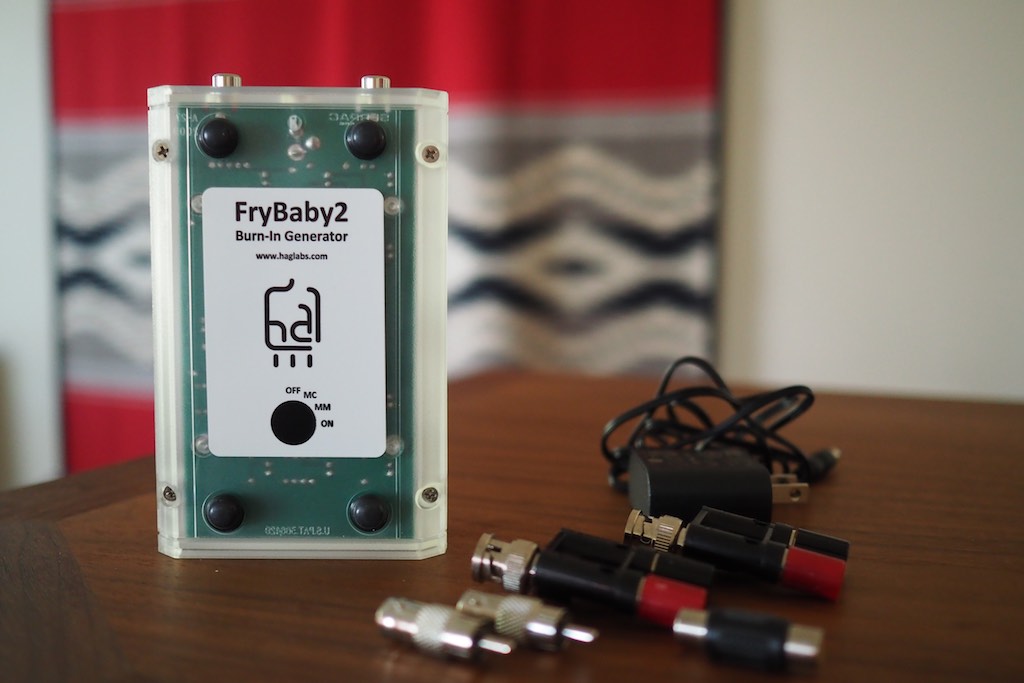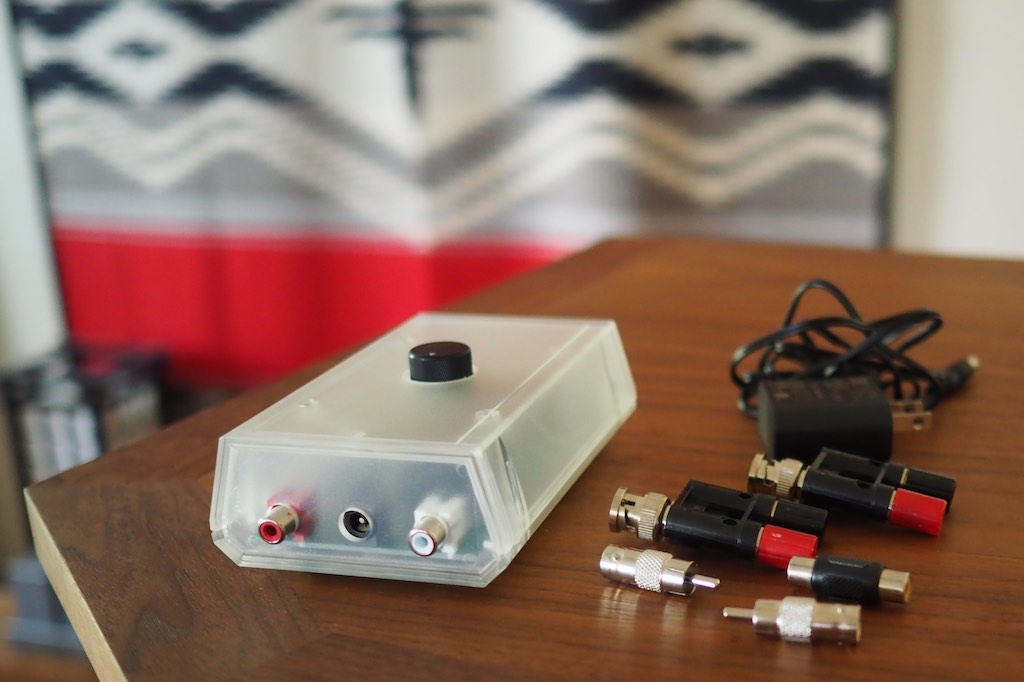I was particularly intrigued by Bill's comment on the post Jim Smith Checking In: “Unexpected results from the Duelund DCA20GA Interconnects”:
Jeff,
Not really sure where to post this. I think I discovered something with the Duelund Tin wire. If its running thin and sometimes cooking them can do this. But I noticed on two different cables not sure if this is coincidence if you cook them in “voltage mode” ( The cable dielectric is excited by electric fields. Leave the far end of the cable open circuited while cooking) you will add more warmth and richness to the sound. As well as overtones ,and texture that were not there before or just hidden. I’m not sure how long this anomaly last , or if it’s just a coincidence. Takes only about 12 hours to. The longer I noticed more effect almost to much. Might be a good way to “charge” up some thinned out ones if this is a real thing. I did this last night to mine I didn’t notice on all sources, but things like a local radio station I immediately noticed. As well as an SRV guitar tone I listen to always as to see where the sound is at immediately noticed the Rhodium was closer now to the sWitchcrafts in the midrange. If you got a a pair to experiment with try it. Only thing is if your completely satisfied with a sound not sure you should as it will change the sound. More relaxed too now. I heard this on two cables, and I do not know if it is just regular burn in. Hagerman recommends this cooking process for the first 24 hours he’s an intelligent guy I’m not so much just a tone guy, but I do not I say do it at the end of the burn as you want that tone and texture to remain. It could get rid of it in “current mode” just speculation. Anyways just thought I would share this. If anyone tries it and hears it as well it would be nice to know.
Best,
Bill
I had noticed I was getting inconsistent results when running-in Duelund DCA tinned-copper cables on my Audiodharma Cable Cooker. Sometimes the cooked DCA cables seemed a little better, but other times they sounded leaner and less musically satisfying.
This was completely different than the results I was getting from regular silver or copper cables with the Cooker, which sounded mellower and richer the longer they were cooked, so leaner sounding DCA cables took me by surprise.
I had concluded that tinned-copper cables were different animals from a conditioning standpoint than silver or copper cables, and had decided that the best approach with the Duelund DCA cables was to let them run-in naturally, even though it takes longer, because it maintains their superb tone better.
Then I read Bill's message, and he described the same thing that I had experienced after cooking Duelund DCA cables, that they can sound "thin" and less musical. But, Bill found that by conditioning the DCA cables in his Hagerman's 'voltage-only' mode, where the cable dielectric is excited by electric fields, that it added warmth and richness, and provided overtones and textures that were not noticeable before.
That really got my attention, so I checked in with Alan Kafton to find out if it was possible to condition cables in a voltage-only mode like Bill was doing with his Hagerman cooker, but Alan told me it was not possible to separate the current and voltage components the Cooker uses to condition cables.
Alan mentioned to me that maybe the Duelund DCA cables were getting over-cooked by the 1.9A of current from binding posts that was intended to condition speaker cables, and to try using the RCA connections for conditioning instead, which uses about 120mA of current for conditioning interconnects.
I had actually already tried that, but still got inconsistent results with the DCA cables.
So, I ordered a Hagerman Audio Labs FryBaby2 Compact Burn-In Generator of my own, and it arrived today.
At $229 the FryBaby2 is a fraction of the cost of the least expensive version of Audiodharma Cable Cooker ($999), so if everything works out as hoped, the FryBaby2 is a bargain for those who are running the Duelund DCA cables.
Alan might be right about the amount of current, as the FryBaby2 has a maximum current output of 10mA, compared to the Cooker's 1.9A/120mA. That's a big difference in current.
Of course, what I'm really interested in is the 'voltage only' mode of the FryBaby2 after reading Bill's comment.
It might be that conditioning is best done only in voltage mode for the Duelund tinned-copper cables, and current conditioning of the conductors might be counter productive. I'll find out!
Interestingly, the FryBaby2 not only can be used to condition cables, but also to condition electronics like preamplifier line and phono stages, and amplifiers.
The FryBaby2 has settings of 1V RMS (intended for line level conditioning), 10mV RMS (intended for MM phono stages), and 1mV RMS (intended for MC phono stages).
The FryBaby2 comes with connectors for interconnects and speaker cables, and a power supply that plugs into the wall.
Here's what the FryBaby2 owner's manual says about conditioning:
"There are two modes of cable burn-in, voltage and current. Both are required for maximum effectiveness.
Voltage Mode
In voltage mode the cable dielectric is excited by electric fields. Leave the far end of the cable open-circuited (see diagrams in following section).
Current Mode
In current mode, the cable is short circuited, and conductors are exercised via magnetic fields. Short-circuit the far end of the cable or form a loop by returning the cable to the other FryBaby2 output.
Current mode is not applicable when using the FryBaby2 to burn in amplification.
Duration
It is best to do a voltage burn for 24 hours followed by a current burn for 48 hours.
Note: silver conductors typically take twice as long!"
I'm going to try conditioning some Duelund DCA with the Hagerman's 'voltage-only' mode and report back.
As always, thanks for stopping by, and may the tone be with you!






























